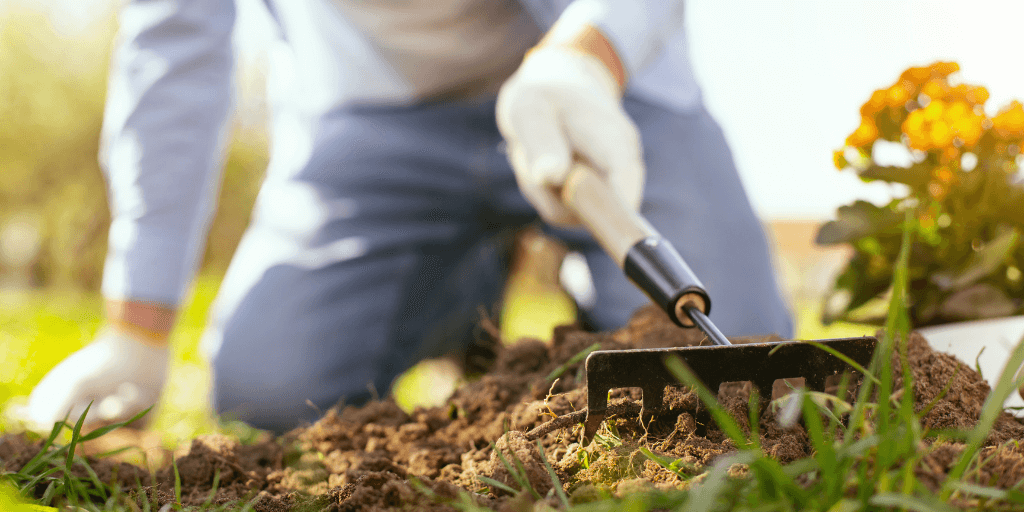 It is that time of year again. The warm weather is upon us, the fresh air is inviting and our yards and gardens are in need of attention. Proper body mechanics while performing any gardening task can make the all the difference in how your body feels both during and after. Many people forget that yard work is like a sport – engaging a number of muscles, requiring endurance and proper preparation and recovery. Like any exercise, sometimes we don’t know we have done too much until it’s too late and we end up aching for a few days after. Here are some helpful hints to make your time working in the yard a more enjoyable experience.
It is that time of year again. The warm weather is upon us, the fresh air is inviting and our yards and gardens are in need of attention. Proper body mechanics while performing any gardening task can make the all the difference in how your body feels both during and after. Many people forget that yard work is like a sport – engaging a number of muscles, requiring endurance and proper preparation and recovery. Like any exercise, sometimes we don’t know we have done too much until it’s too late and we end up aching for a few days after. Here are some helpful hints to make your time working in the yard a more enjoyable experience.
The most important tip, don’t turn your time in the yard or garden into a marathon.
- Set a time limit and stick with it. Break large jobs down into smaller jobs over multiple weekends. In addition, it’s important to switch positions or tasks several times per hour to avoid strain on any one area of your body. Don’t get sucked into the notion that you have to finish the project that day, or your back may pay the price. Set a timer on your watch or phone before you start, and be prepared to tidy up, pack your tools and go inside when it goes off.
- Stretch before and after. Stretching your legs and trunk prior to and after taking on a yard task will help decrease muscle soreness when you have completed your activity. Set aside a few moments beforehand to stretch and give your body chance to wake up and be ready to go to work. Spend some time stretching after you’re done, and particularly focus on the body areas that you know worked hard depending on what tasks you performed.
- Avoid improper lifting. Before lifting, assess your load. Make sure it is not too heavy for you to lift with your body without excess strain. Push the object or move it from side to side to see how heavy it is. Once you determine the load and deem it appropriate for lifting, bend from the knees and hips rather than your waist. Keep the object as close to your body as possible to reduce the load on your load on your back.
- Watch the twisting. Raking and shoveling are common culprits for injuries that involve twisting. Focus on pivoting with the feet so that the shoulders and hips stay in alignment. This will reduce the twisting of your back. Also, with a load, always remember to plant your feet and move side to side rather than twisting with a load in hand.
- Avoid bending over. Try your best to keep your back straight, and squat or kneel down hinging at the hip rather than bending over at your low back. Even if performing properly, do not do so for extended periods of time.
- Use a pad for kneeling. Knee pads are an excellent way to protect your knees when weeding or planting, or use a folded towel, old pillow or foam pad.
- Hedge clipping is a repetitive motion activity. Try to keep the clippers between shoulder and knee height. Avoid having to reach above your head or below your knees while standing. Cutting large branches with clippers can result in forearm strain and/or elbow tendonitis. Using the right tool will make a difference. Use pruning shears for larger jobs and clippers for the smaller jobs.
- Limit time spent lawn mowing and weed-eating. The vibration of the machine can increase any inflammation in the body. When working with the mower, refrain from pushing the machine up steep slopes. Move across the hills rather than directly up and down to avoid the additional load on your back. Limit the time spent mowing or weed-eating to less than an hour if possible.
Following some of these simple guidelines will make your overall yard work experience much more pleasant, pain free and provide you the motivation to tackle the next yard task. Take time to get out and enjoy the beautiful spring weather and take in some fresh air. Just remember to take care of yourself while doing so.

